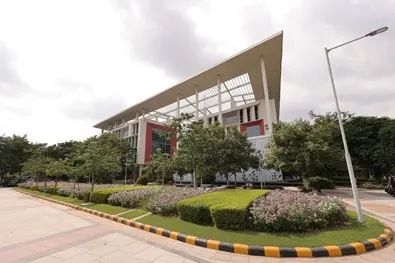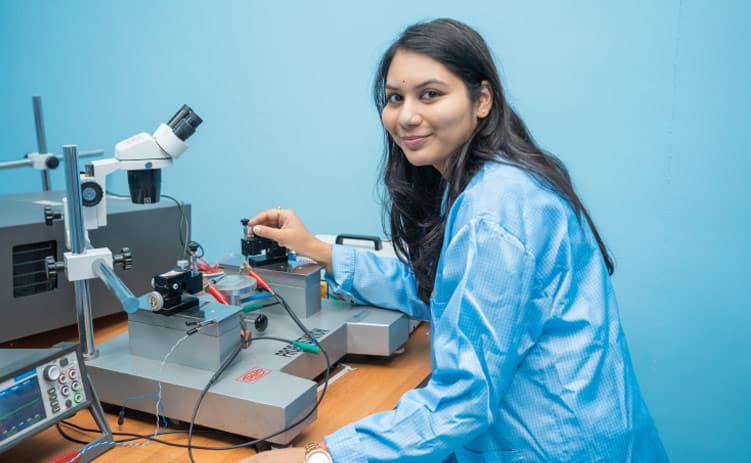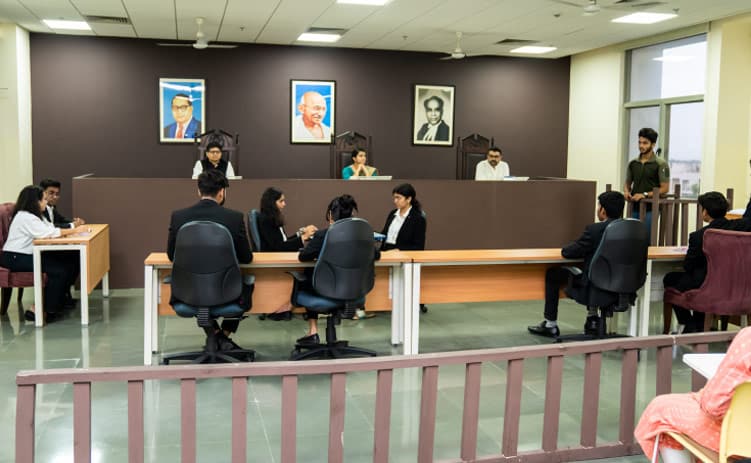Experiential
Learning
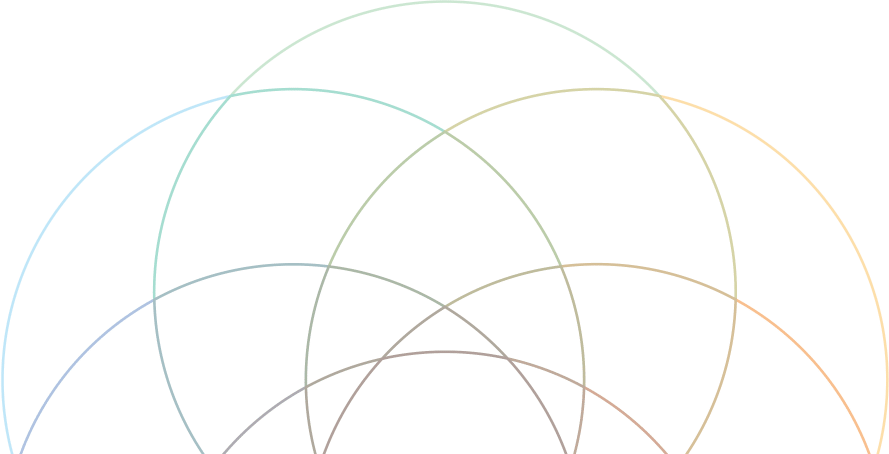

Learn by
Doing, Lead by
Example.
All the courses across the schools at BMU have experiential learning components varying from 10% to 60%. This includes learning through case studies, simulations, gaming, practical exercises, site visits, group discussions, technical writings, and seminars. The University has a unique internship programme, Practice School, which allows students to experience corporate roles and responsibilities through on-the-job training.
Solving problems is at the heart of all course delivery at our university. Therefore, many courses follow a case-based pedagogical approach. We have a licensing agreement with Harvard Business Publishing to utilise their cases in our classrooms. Most of our courses have project-based evaluation components, wherein students in groups solve interdisciplinary problems related to business, technology, and society.
This is how it’s done across schools

School of
Management
At the School of Management, students undergo multiple online simulations as a part of their coursework to experience the intensity of management decision-making.
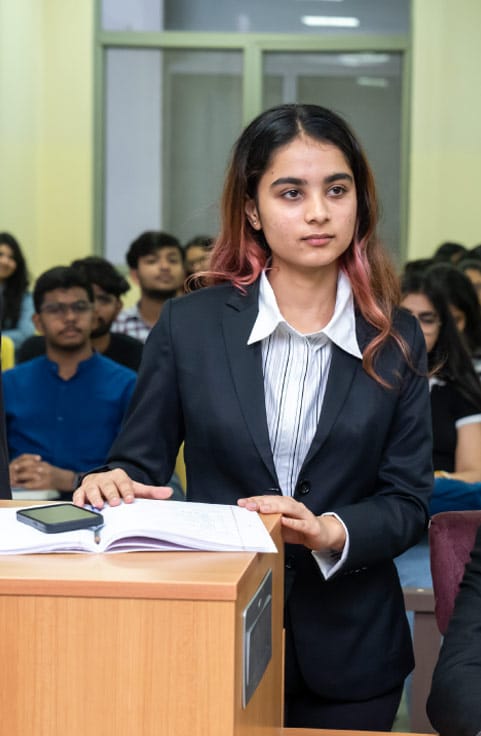
School of
Law
Our School of Law organises moot courts and Practice School Terms to train students on the complexities of the legal system and making informed decisions.
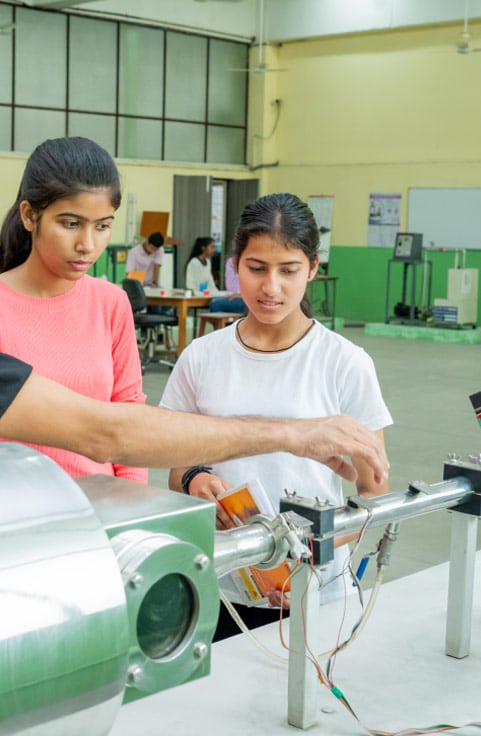
School of
Technology
Joy of Engineering integrates hands-on activities into the course delivery and Workshop of the Future helps students bridge the gap between theory and practice and participate in activities like the conception of product design, testing, etc., through advanced software and machinery.
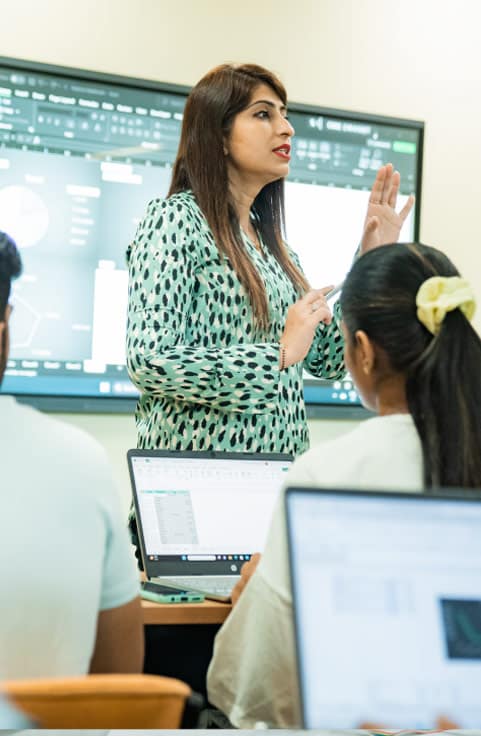
School of
Liberal Studies
The School of Liberal Studies offers its students a new experience—hitherto not offered to University undergraduate students in India. The experience is titled Immersion and is distinguished from two of its close relatives: internship and fieldwork.
The power of practice
At BMU, we believe in preparing students for the real world by engaging them in various activities so they are always ready for what’s next!
Infrastructure that brings experiential learning to life
These facilities are provided by the requirements of respective regulatory bodies applicable to various programs offered by the University. Several laboratories are housed on campus to provide hands-on experiential learning to our students.
Basic Science Labs (Physics, Chemistry) | Robotics | Civil Engineering labs | Hydraulics and Fluid Mechanics Lab | Material Testing Lab | Thermodynamics and IC Engine Lab | Shell Learning Center | Pneumatic and Hydraulics Lab | CNC Controller Lab | Mechatronics Lab | Automation Lab | Tinkering Lab | KOM-DOM Lab | Hero Trailing Lab | Electrical lab | 3D Lab
